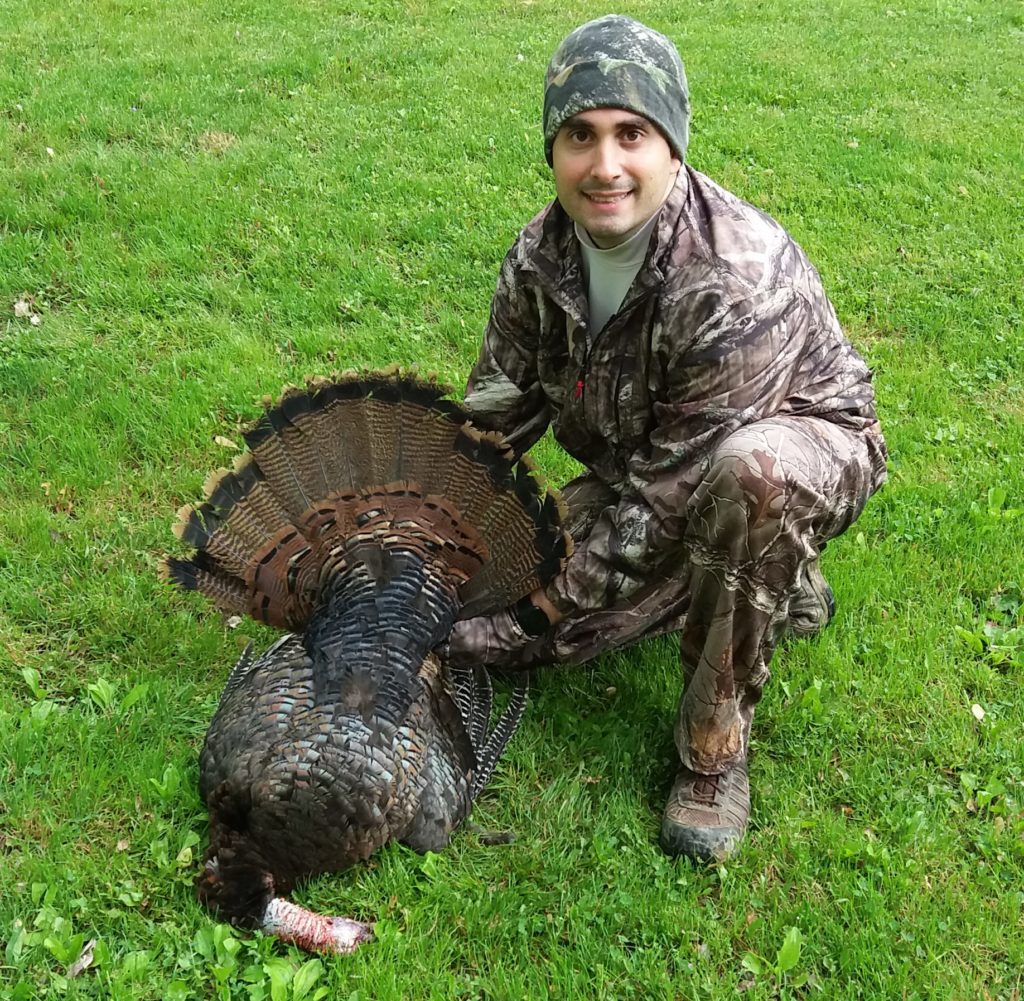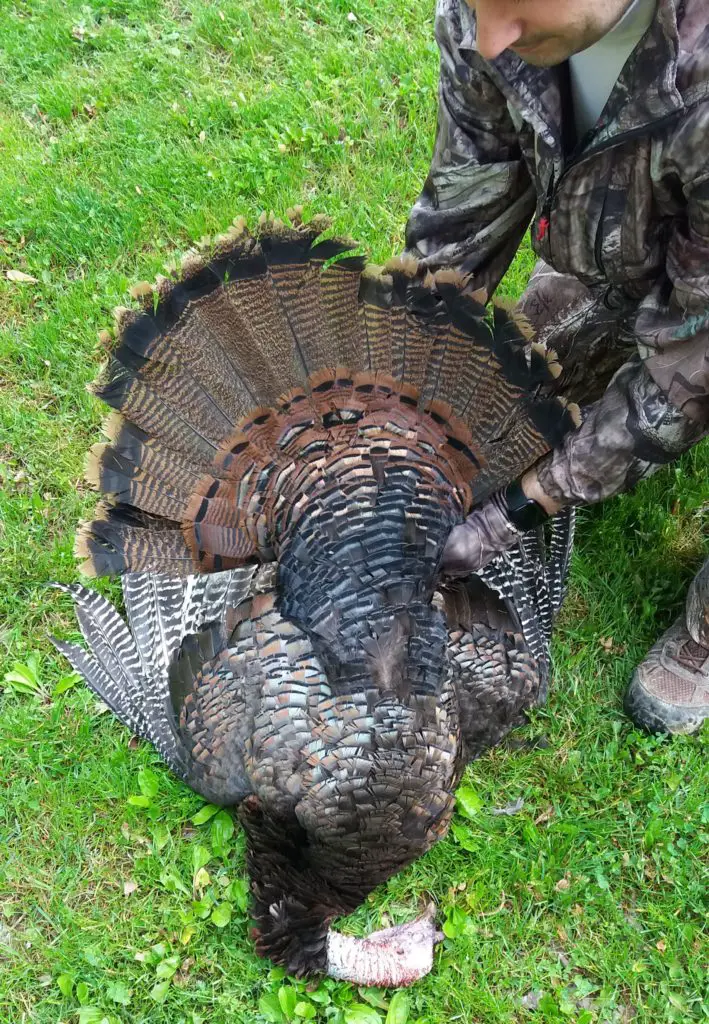Show Notes:
When it comes to turkey hunting, you need multi spot strategies to optimize your chance for a successful season. On this episode I talk about five ways to scout for and find those locations.
Take Aways:
- Turkeys in one area can behave very differently on any given week compared to turkeys a few miles away.
- Only hunting in one area limits you because you are stuck with how the turkeys are behaving there, and it puts a lot of hunting pressure on that spot.
- Changing location mid season should be something you strongly consider when your main area has been quiet for multiple hunts.
- You do not always have the time or energy to heavily scout secondary areas, so you need general strategies to help you find areas that are likely to contain birds with the scouting time you have available.
- On this episode I cover 5 strategies to help you do just that. You can employ any one of them to help you pick a secondary turkey hunting location.
- I do not recommend new hunters look for turkey roosting trees. The reason is any solid tree could be a roosting tree and it’s not a good way to narrow down where turkeys are.
- If you see turkeys roosting then obviously that is a good sign but looking for ideal trees for roosting is not efficient unless you hunt in an area where trees are sparse.
- Trail cams can be a great way to look for turkey sign, but you need to use strategy to find promising areas to place your trail cams.


